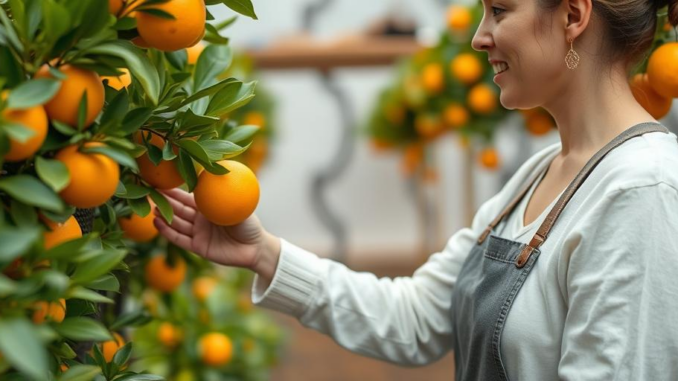
Summary
Transform your orangery into a wellness sanctuary with a thriving herb garden. This guide provides practical steps for creating an indoor oasis, from choosing the right herbs to maintaining their growth, enhancing both your home’s beauty and your well-being.
Transform your home into a personal wellness retreat with an orangery by Elegancia.
** Main Story**
An orangery isn’t just a fancy greenhouse; it’s a fantastic spot to cultivate your own indoor herb garden. Talk about bringing the therapeutic vibes of nature right into your home! Let’s explore how you can create a thriving herb haven in your orangery, boosting both its beauty and your own well-being. I mean, who doesn’t love fresh herbs?
We’ll cover everything from picking the right herbs to ensuring they flourish and, crucially, how to actually use them. By the end, you’ll be well on your way to a personalized indoor oasis. Trust me, it’s easier than you think.
Choosing Your Herb Stars
First things first: what do you like to cook? And what kind of wellness benefits are you after? For beginners, stick with easy-to-grow options like chives, mint, parsley, rosemary, thyme, and even lavender if you’re feeling fancy. These guys tend to play nicely together, which simplifies care.
Do your homework, though. Research the specific needs of each herb – how much sun they crave, their water preferences, and the type of soil they’ll thrive in. For instance, I remember trying to grow basil once and completely failing because I didn’t realize how much sun it needed. Learn from my mistakes!
Preparing Your Orangery for Success
One of the best things about an orangery is the abundant natural light. That’s a huge win for growing herbs. But, you need good ventilation to keep humidity at bay, too much moisture can lead to problems like mold. If your orangery is a bit dim, don’t sweat it. You can supplement with grow lights.
And keep the temperature consistent. Most herbs are happiest in a warm environment; they aren’t fans of cold drafts. I aim to keep mine between 65-75°F (18-24°C), roughly.
Containers and Soil: The Foundation of Growth
Drainage is key, my friend. You need containers with proper drainage holes to prevent root rot. Terra cotta pots are a solid choice – they’re breathable and help regulate moisture. Plus, they look pretty darn good, too.
For soil, opt for a high-quality potting mix that’s been enriched with compost. This will give your herbs the essential nutrients they need to thrive. Don’t forget to put a barrier – landscape cloth works great – at the bottom of your containers. This keeps the soil from escaping when you water.
Planting with Care
When you’re planting, make sure the root ball has enough room to settle in the container, with some extra space for growth. Avoid squeezing them in too tightly; herbs need room to spread their roots and foliage. And definitely don’t forget to water thoroughly after planting. Let any extra water drain out.
Nurturing Your Green Babies
Regular harvesting is key to happy herbs. Trim no more than about a third of the plant at a time to avoid shocking it. If you take too much, it’ll probably stress the plant, and you don’t want that. Water them consistently, letting the top inch or two of soil dry out between waterings. To prevent fungal growth, consider bottom watering – place the pots in a saucer filled with water.
Keep an eye out for pests and diseases, and address any issues promptly. When possible, use natural remedies. No one wants to spray harsh chemicals on herbs they’re planning to eat! I’ve had good luck with neem oil for some common pests.
Reap the Rewards!
Finally, the best part! Start using your freshly harvested herbs. Toss them into culinary creations, brew them into teas, or even whip up some homemade beauty products. If you have more than you can use right away, dry or freeze the excess to enjoy their flavors and benefits year-round. And don’t forget to explore the medicinal properties of different herbs. You might be surprised at what you can do!
Creating an orangery herb garden is more than just about having fresh herbs; it’s a stress-relieving hobby. Being around plants can boost your mood and create a sense of calm. Plus, a thriving herb garden adds beauty and functionality to your orangery, making it a super inviting space to relax and enjoy the literal fruits of your labor.
As of today, I’m writing this on February 21, 2025, but gardening practices are always evolving. So, keep learning and exploring. Happy gardening!


Be the first to comment